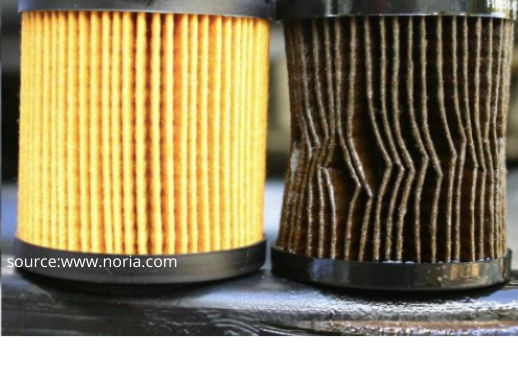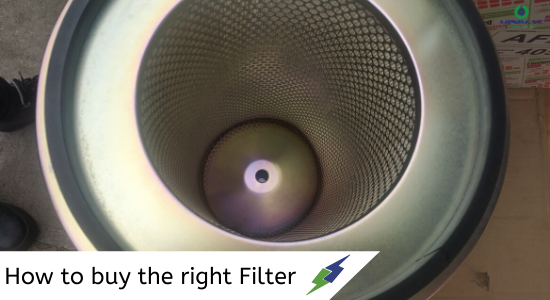Understanding the root cause of the symptoms that are observed on your machinery?

It is observed across the spectrum that whenever we see issues/symptoms like : 1. Oxidized oil 2. Destructive pitting 3. Excessive vibration 4. Abrasive wear 5. Cavitation 6. Machinery abnormal noise 7. Wear debris generation 8. High running temperature We usually believe in either Repairing, Replacing, Rebuilding and Removing the affected component. However, it only subsides the symptoms temporarily. This approach is called the 4-R approach and it weeds out the issue from the surface and not at the root level and hence the problem reoccurs. Call +91 7030901266 for Mechanical Maintenance & Oil Check. However, we should aim at studying these symptoms and work on the root causes. Some of the very frequent root causes that cause the above-mentioned symptoms are: 1. Misalignment 2. Wrong oil usage 3. Moisture 4. Machinery part imbalance 5. Particle contamination 6. Air contamination Hence, we should aim at 5I approach i.e. It’s clean, It’s Cool, I




